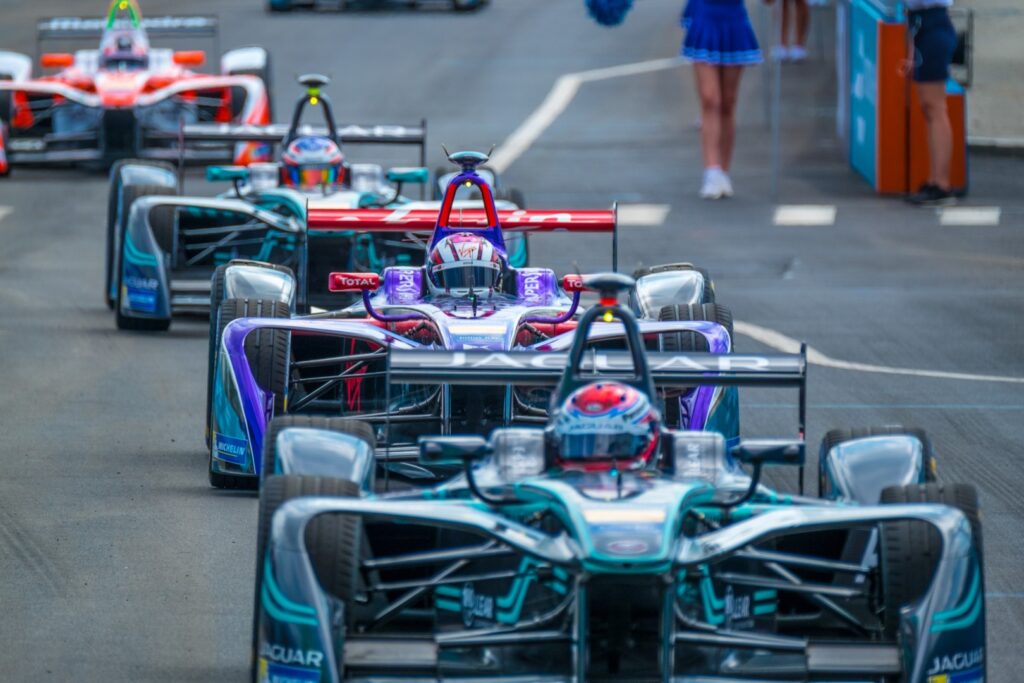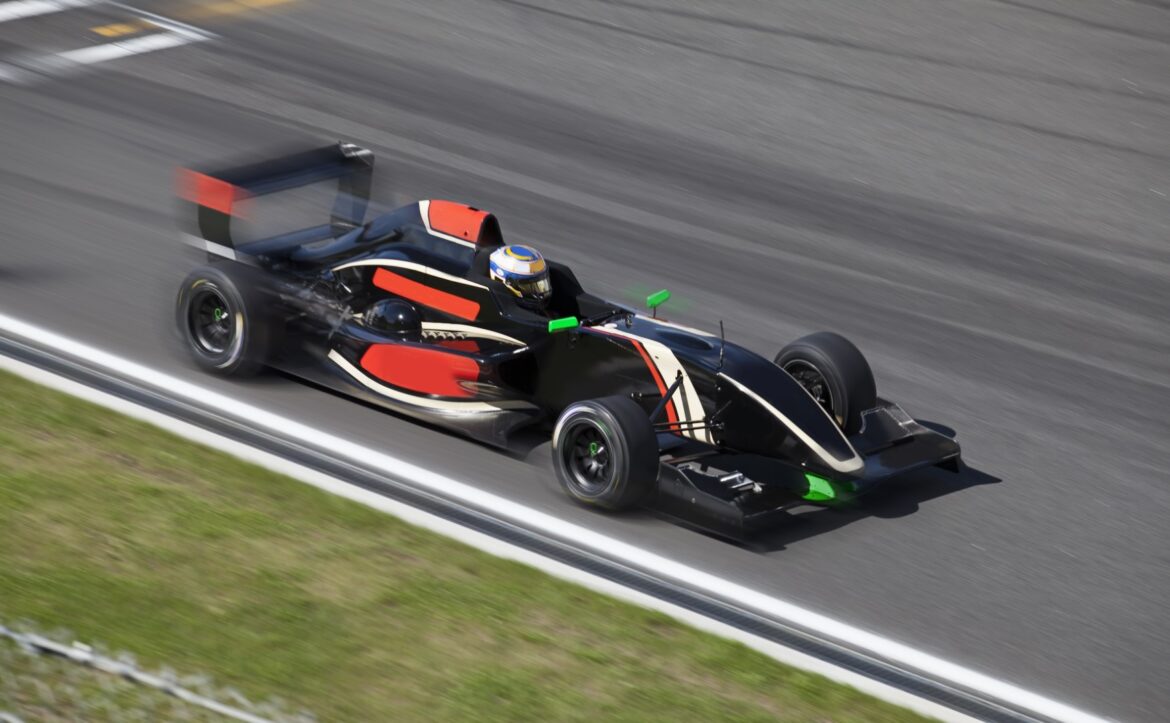Introduction to Formula 1, Formula 2, Formula 3, F1, and Formula E
Formula 1 (F1) is the highest class of single-seater auto racing sanctioned by the FIA. The Fédération Internationale de l’Automobile. Formula One cars are the fastest road course racing cars in the world, owing to very high cornering speeds achieved through the generation of large amounts of aerodynamic downforce. F1 races are held on purpose-built circuits and public roads that have been temporarily closed for the event.

Formula 2 (F2) is an open wheel formula racing series founded in 2009 by Bernie Ecclestone and Flavio Briatore, as a support series to Formula One with the aim of providing a new platform for up-and-coming drivers. Races are held on the same weekends as Formula One Grands Prix, at the same venues and some of the race tracks used are modified versions of those used in Formula One.
Formula 3 (F3) is a third-tier single-seater professional motorsport category, behind Formula One and Formula Two. It was established in 1946 as a feeder series to provide young drivers with experience before they graduated to senior formulae such as Formula One or World Sportscar Championship races.
Formula E (FE) is a class of auto racing sanctioned by the FIA. The first official FE race took place on 13 September 2014 in Beijing, China—with 10 teams and 20 drivers competing over 10 rounds.
What separates Formula 1 from the rest?
Formula 1 is the pinnacle of motorsport. It is the highest class of single-seat auto racing sanctioned by the Fédération Internationale de l’Automobile (FIA). The “formula” in the name refers to a set of rules that all participants’ cars must meet.
Formula 1 races are held on purpose-built circuits and public roads that have been closed to traffic. The sport is extremely popular, with an estimated global television audience of 450 million people in 2013.
The FIA World Championship for Drivers has been held since 1950, and the Constructors’ Championship since 1958. The two championships are separate but equal, with drivers and constructors both vying for glory.
What separates Formula 1 from other forms of motorsport is its sheer speed and level of technology. Formula 1 cars are the fastest road-course racing cars in existence, capable of reaching speeds in excess of 200 mph (320 km/h). They are also some of the most technologically advanced machines on the planet, with teams spending millions of dollars on research and development every year.
The difference in cost between the races
When it comes to cost, there is a big difference between Formula One, Formula Two, and Formula Three racing. Formula One is the most expensive, with teams spending millions of dollars on their cars and engines. Formula Two and Three are much less expensive, with teams spending only a few hundred thousand dollars on their cars. This is because Formula One cars are made from scratch, while Formula Two and Three cars are based on production cars.

Formula E is a new racing series that is cheaper than even Formula Three. This is because the cars in Formula E are electric, so they don’t need as much maintenance as traditional racecars. Additionally, the races take place on city streets instead of racetracks, so there’s no need to build or rent out a track.
Which is the best racing series?
Formula One is the best racing series because it has the fastest cars, the best drivers, and the most prestigious events. Formula One cars are able to reach speeds of up to 200 mph, and the drivers are some of the most talented in the world. The races take place at iconic locations such as Monaco and Silverstone, and attract huge crowds of spectators.
Formula Two is also a highly competitive racing series, with cars reaching speeds of up to 170 mph. The drivers are less experienced than those in Formula One, but the racing is still exciting to watch. The races take place at a variety of different tracks around the world, meaning that fans can see races taking place in different countries.
Formula Three is a lower level of racing than Formula One or Two, but is still exciting to watch. The cars reach speeds of up to 140 mph, and the drivers are often young and up-and-coming talents. The races take place at many different tracks around Europe, giving fans the chance to see a variety of different locations.
Conclusion
Formula 1, Formula 2, and Formula 3 are all unique racing series with their own set of rules and regulations. While they may share some similarities with F1 and Formula E, each series has its own distinct flavor that sets it apart from the others. If you’re a fan of high-octane racing action, then you’ll definitely want to check out all three series.
